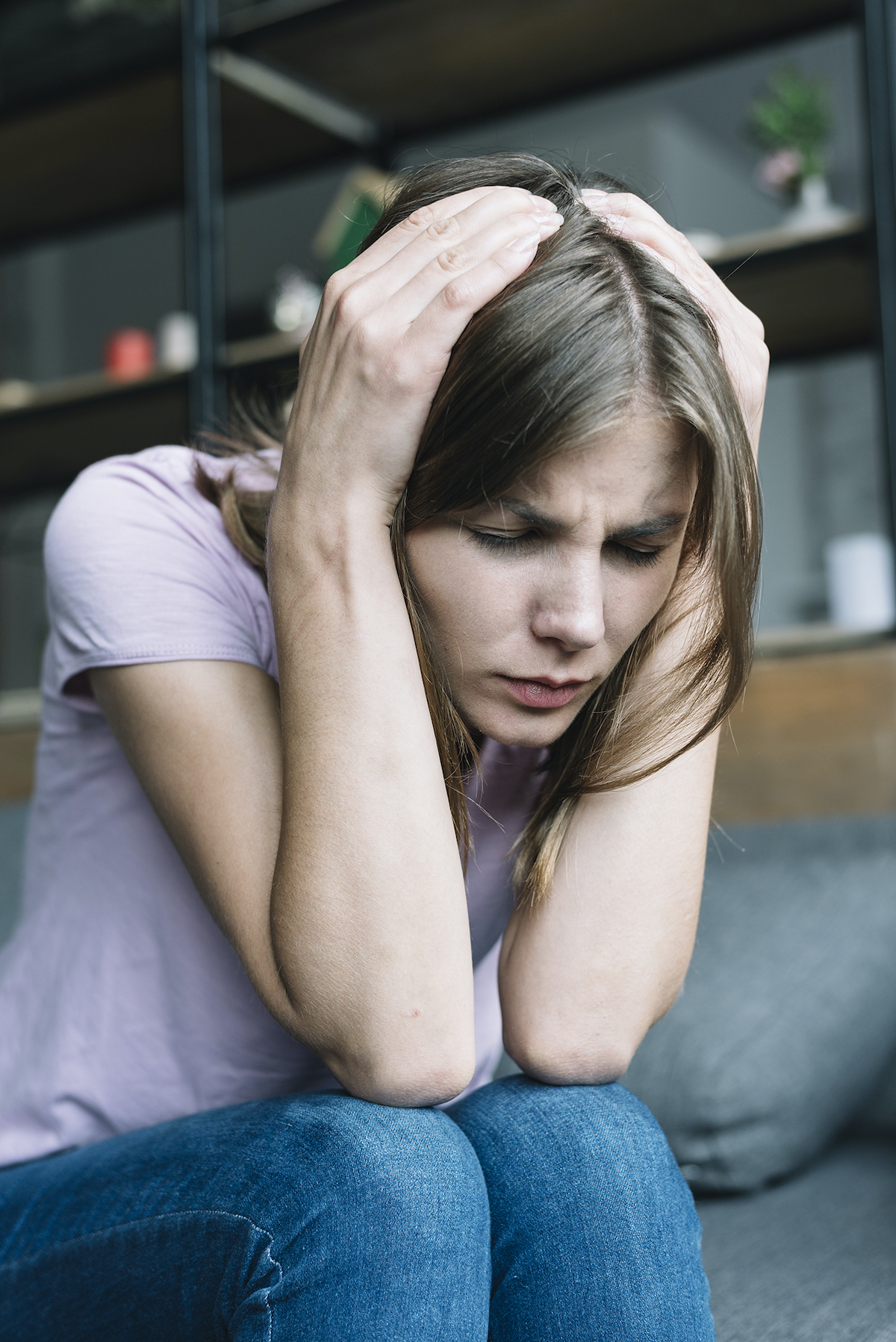
Norovirus is a group of viruses that causes severe vomiting and diarrhea. It’s a very common illness and it’s very contagious. Norovirus outbreaks usually happen seasonally in colder months. The infection is the No.1 cause of foodborne illness in the United States.
What is the difference between norovirus and the stomach flu? Norovirus causes gastroenteritis, which some people may call the “stomach flu.” The influenza virus causes respiratory flu, not gastroenteritis.
How many types of noroviruses exist? There are several different types (strains) of norovirus. The most common type is GII.4.
Norovirus is very common. Globally, about 685 million cases are reported each year. Of that estimate, over 200 million cases affect children.
What are the symptoms of norovirus? Symptoms of norovirus include:
• Nausea
• Vomiting
• Diarrhea
• Stomach pain
In addition, you may also have:
• A headache
• Fever
• Body aches
Symptoms usually appear 12 to 48 hours after exposure to the virus and last one to three days.
Are norovirus symptoms the same in children and adults? Symptoms of norovirus are usually the same in both children and adults. Adults may experience more diarrhea than children and children may vomit more than adults.
How do you get norovirus? You can get the norovirus infection in many ways, including through:
• Close contact with someone who has the virus.
• Touching contaminated surfaces and then touching your mouth or nose.
• Eating or drinking contaminated foods or beverages.
Norovirus is the biggest cause of illness from contaminated food in the U.S. The virus typically spreads when someone who has the virus touches food before serving it to someone else. Sometimes, certain foods, including oysters and other seafood, are naturally contaminated with norovirus.
Is norovirus contagious? Yes, norovirus is highly contagious, which means it spreads easily. If you have the virus, your body sheds (releases) billions of tiny virus particles that can make others ill, too. It only takes a few particles to make someone else sick.
After you come into contact with norovirus, it can take 12 to 48 hours before you start to show symptoms. This amount of time before you get sick is called an incubation period. After your symptoms stop, you’re still contagious for up to 48 hours.
What are the risk factors for norovirus? Anyone can get norovirus. You’re more likely to get norovirus if:
• You come into contact with someone who has the virus.
• Your genes make you more likely to develop symptoms (genetic susceptibility).
What are the complications of norovirus? If you have norovirus, you’ll feel very sick. This can cause you to throw up and have diarrhea. When you’re unable to keep nutrients in your body, you’re at risk of dehydration.
Children may have the above symptoms, along with:
• Crying without tears.
• Fussiness.
• Sleepiness throughout the day.
Norovirus can make it difficult for you to eat or drink because the inflammation in your intestines and stomach causes you to vomit or have diarrhea. You still need to try to eat and drink. You can do this by eating and drinking more often throughout the day, eating slowly, and taking small bites or taking little sips of fluids. If you eat too quickly or too much, your body may reject the food intake.
How to Prevent Spread of Norovirus
As cases of norovirus continue to be reported across the United States, some may be wondering what exactly that is and how they can protect themselves.
“Norovirus is a small virus that is known to cause outbreaks of gastrointestinal illness,” explained Donald Dumford, MD, infectious disease specialist with Cleveland Clinic.
“Usually when there’s cases, it’s predominantly nausea and vomiting, and then a little less diarrhea.” Because norovirus is highly contagious, we often see outbreaks in places where people are in close proximity. It’s also more common in the colder months.
Norovirus is typically spread through food and beverage contamination, touching contaminated surfaces, or being near someone who is sick. Help prevent the virus from making its way into your home, by regularly wash your hands.
Follow the 20-second wash rule using soap and water (sing the Happy Birthday song twice while sudsing up and rinsing off). Know that simply washing with or rubbing on hand sanitizer will not kill the norovirus.
You should also sanitize with soap and water all high touch areas, like counter tops, doorknobs,and light switches. The same advice applies if you’re already sick.
“With norovirus, there’s no treatment options. It is just giving it time to get better. Most people get better within 72 hours and usually symptoms will resolve completely by then,” said Dr. Dumford. “But I think it’s important when people are worried about having a gastrointestinal illness, to make sure to be overly cautious about washing your hands, not preparing food for others at those times and trying to keep yourself isolated as much as possible to make sure that you’re not exposing other people during your contagious period.”
If you do wind up getting norovirus, it’s important to drink lots of water, otherwise you could risk dehydration.
If your symptoms become severe, it’s best to seek medical attention.
Source: CCNewsService.org












